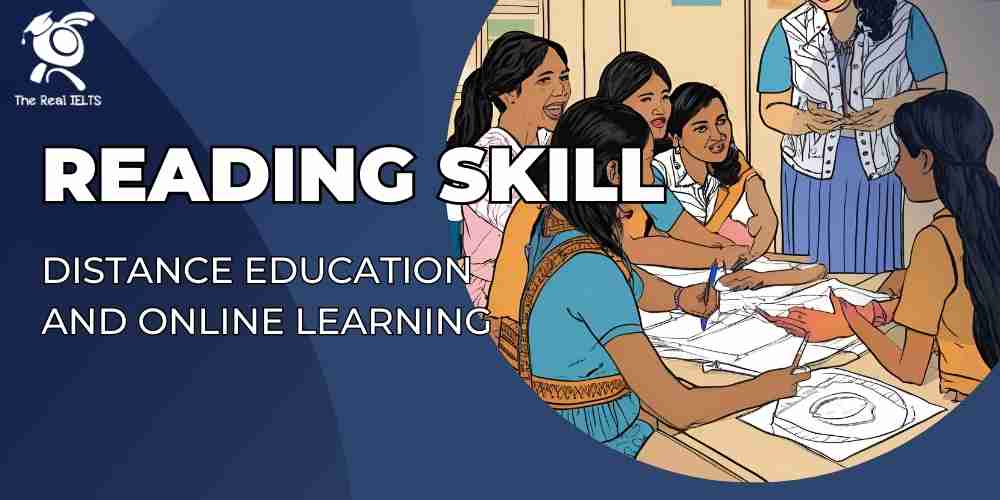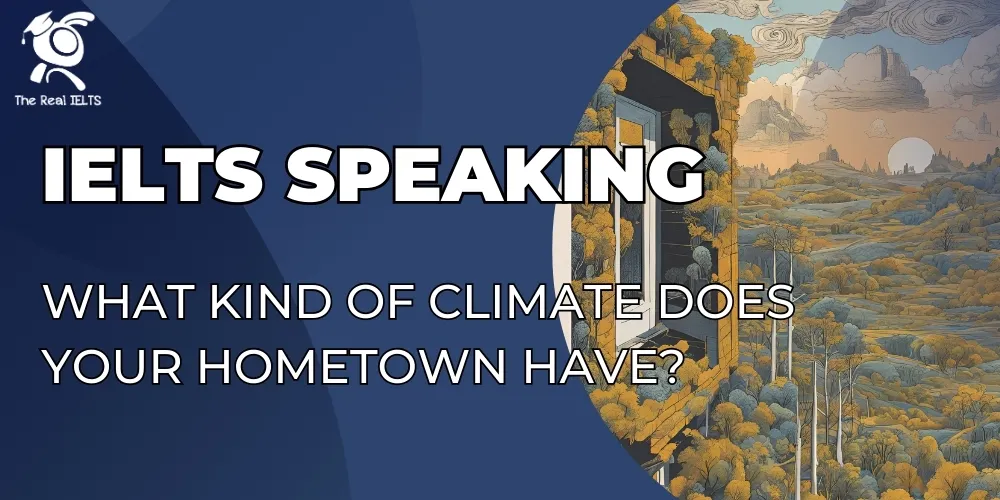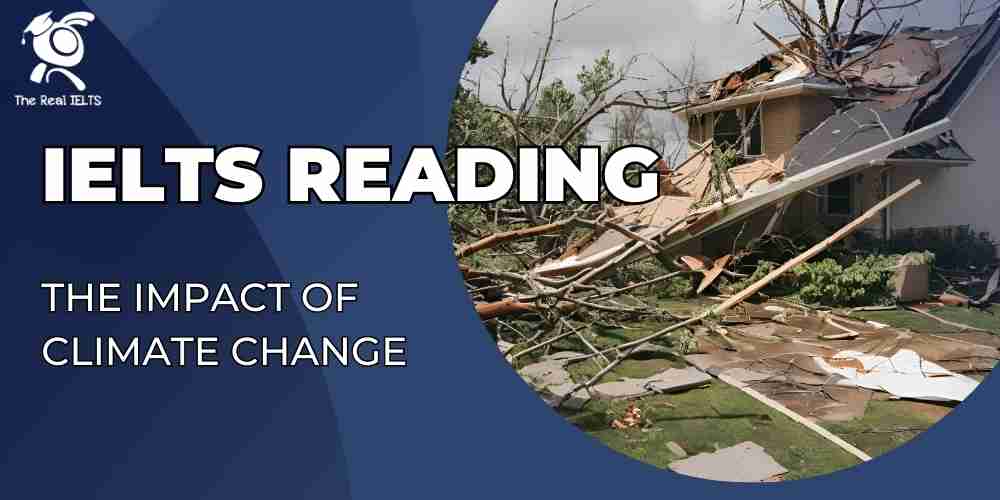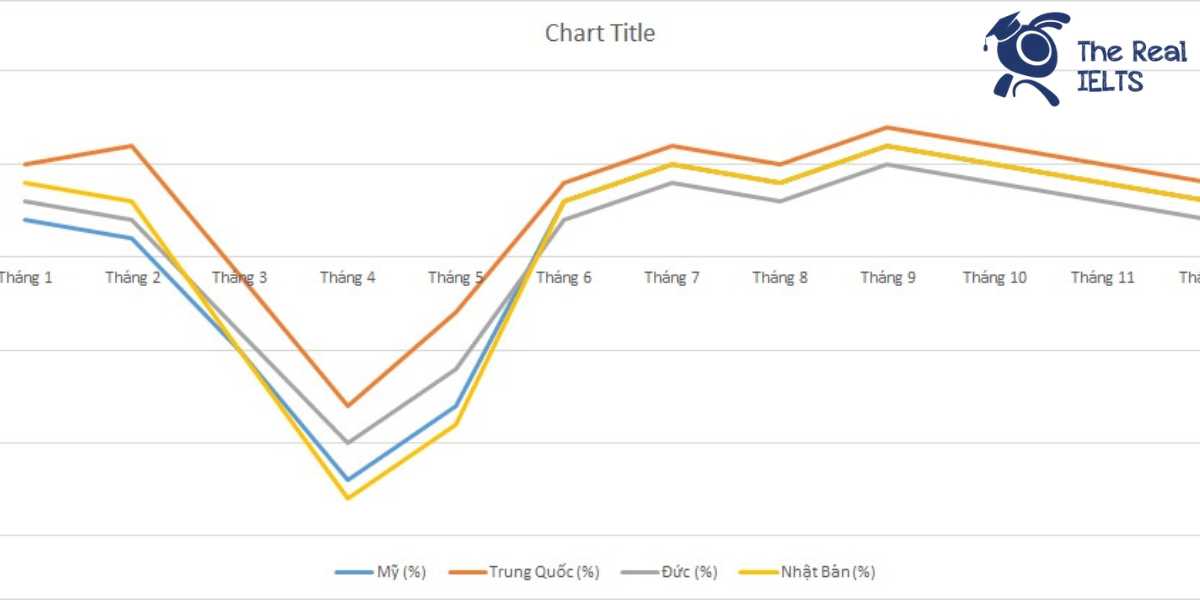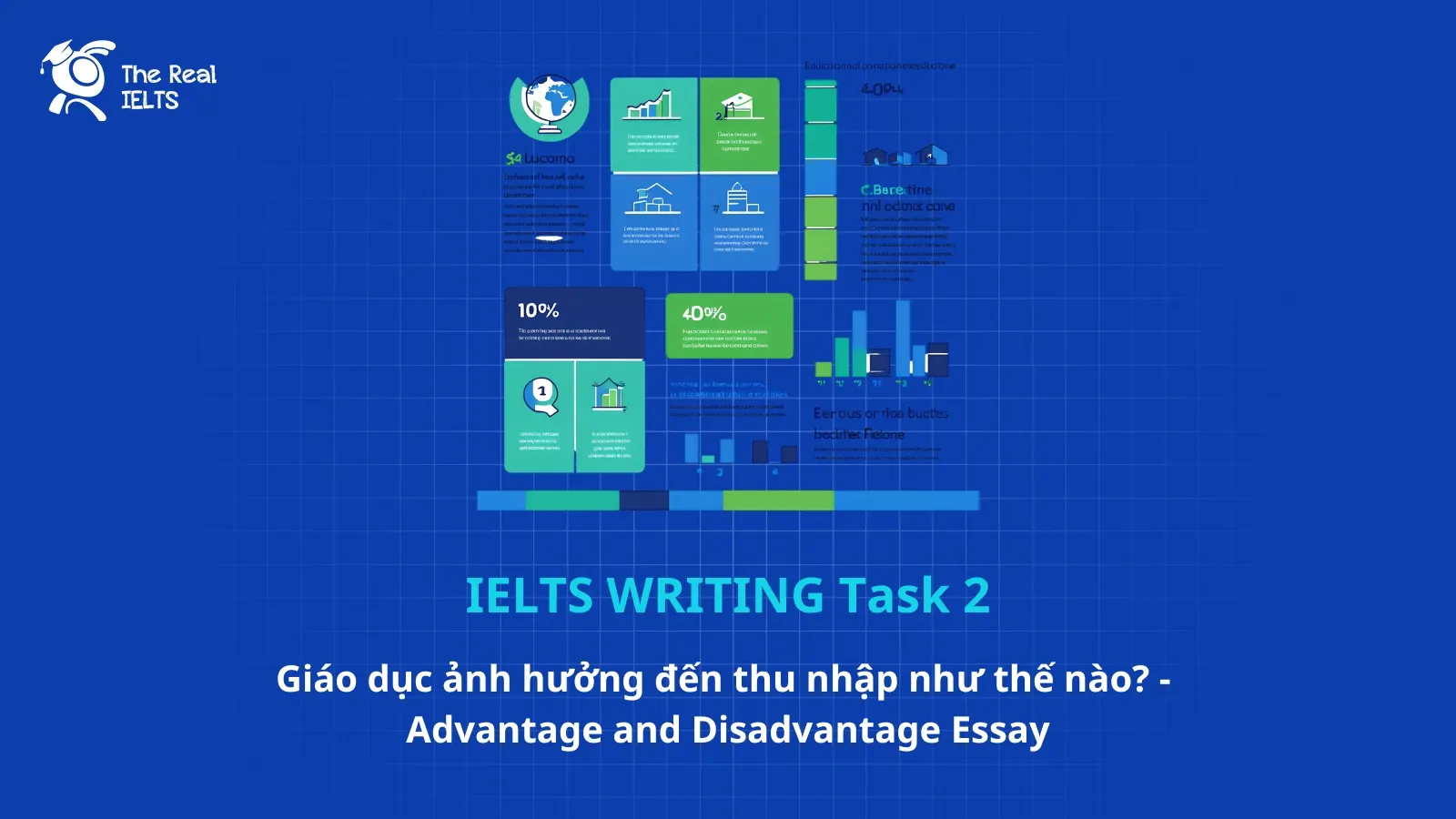IELTS Reading 31: Distance education and online learning là chủ đề thuộc chuỗi bài luyện tập 11 dạng bài IELTS Reading và các bài tập luyện tập.
Học lại bài cũ: IELTS Reading 30: The impact of stress on health.
IELTS Reading: Distance Education and Online Learning
In recent years, distance education and online learning have revolutionized the way students access educational resources. Unlike traditional classroom settings, distance education allows learners to engage in their studies without being physically present. This flexibility has proven beneficial for people with busy schedules, particularly working adults and those living in remote areas. Many institutions now offer online courses, ranging from short certificate programs to full degrees, enabling students to advance their education regardless of their location.
One major advantage of online learning is the accessibility of diverse educational materials. With a computer and internet connection, students can access lectures, readings, and assignments at any time, creating a self-paced learning environment. This flexibility allows learners to tailor their study schedules to their personal needs and commitments. Furthermore, many online platforms incorporate interactive elements such as discussion boards, video conferences, and quizzes, helping students stay engaged and connect with both instructors and peers from around the world.
However, online learning also presents certain challenges. One significant issue is the lack of face-to-face interaction, which some students find essential for understanding complex topics and staying motivated. Additionally, learners must have strong self-discipline and time-management skills to succeed in a virtual classroom, as the absence of a physical presence can sometimes lead to procrastination.
Technological issues may also hinder progress in distance education. Access to a reliable internet connection and up-to-date devices is necessary for effective participation in online courses, but this can be a barrier for individuals in low-income or rural areas. Despite these obstacles, the demand for online learning continues to grow, and institutions are constantly innovating to improve accessibility, engagement, and educational quality.
Distance education and online learning have undoubtedly transformed the educational landscape, offering unprecedented opportunities for individuals worldwide to gain knowledge and skills on their own terms. As technology advances, it is expected that this mode of learning will continue to evolve, adapting to the needs of modern learners and making education more inclusive.
Question
1. Multiple Choice (Chọn đáp án đúng)
What is a key benefit of distance education mentioned in the passage?
- A) It requires a fixed schedule for all learners.
- B) It allows access to education regardless of location.
- C) It minimizes the need for online interaction.
- D) It offers only short-term certification courses.
2. True/False/Not Given (Đúng/Sai/Không có thông tin)
- Distance education is specifically designed for students with a lot of free time.
- Some people believe that a lack of in-person interaction in online learning can make complex topics harder to understand.
- All students in online learning programs struggle with time management.
3. Yes/No/Not Given (Có/Không/Không có thông tin)
- Online learning is predicted to become obsolete in the future.
- The demand for online courses is expected to increase continuously.
- Some students may lack the motivation to succeed without physical presence in a classroom.
4. Matching Information (Ghép thông tin)
Match the statements with the correct paragraph (A, B, C, or D):
- ___ The role of technology in overcoming accessibility barriers.
- ___ Challenges faced by online learners.
- ___ Reasons why online education is beneficial to remote learners.
- ___ Examples of interactive features in online learning.
5. Matching Headings (Ghép tiêu đề)
Choose the correct heading for each paragraph:
- A) The Impact of Technology on Learning Flexibility
- B) Advantages of Distance Education
- C) Drawbacks of Online Learning
- D) The Future of Online Learning
6. Matching Sentence Endings (Ghép kết thúc câu)
Complete the sentences by matching the beginning with the correct ending:
- Distance education provides flexibility by allowing students to…
- i) meet their instructors in person for regular updates.
- ii) access lectures, readings, and assignments at any time.
- iii) postpone their studies indefinitely.
- Online platforms enhance engagement by…
- i) offering interactive elements like quizzes and discussions.
- ii) requiring students to attend in-person workshops.
- iii) providing on-site counseling and guidance.
7. Sentence Completion (Hoàn thành câu)
Complete the sentences using no more than three words from the passage:
- Many online courses require students to have ________ to access materials.
- In online learning, strong ________ skills are essential for success.
- The demand for distance education is likely to ________ over time.
8. Summary Completion (Hoàn thành bản tóm tắt)
Complete the summary using words from the passage:
Distance education and online learning have made education more accessible to those with ________ schedules or those living in ________ areas. Students benefit from the self-paced learning environment, although ________ and ________ skills are essential for effective participation.
9. Diagram Label Completion (Hoàn thành nhãn sơ đồ)
Based on the text, label the parts of the diagram describing the online learning process:
- Access to ________ via the internet.
- Interactive features such as ________ and ________.
- Requires ________ skills to stay organized.
10. Short Answer Questions (Câu hỏi trả lời ngắn)
Answer the questions using no more than three words:
- What do learners need to access online courses?
- Which group benefits most from online learning flexibility?
- What problem do rural students often face with online learning?
11. Table Completion (Hoàn thành bảng)
Complete the table with information from the passage:
| Challenge | Description |
|---|---|
| Lack of Interaction | Some students miss ________ interactions. |
| Technological Issues | ________ connection and up-to-date devices needed. |
| Self-discipline | ________ and time-management are necessary for success. |
Đáp án
1. Multiple Choice (Chọn đáp án đúng)
Đáp án: B) It allows access to education regardless of location.
2. True/False/Not Given (Đúng/Sai/Không có thông tin)
- Distance education is specifically designed for students with a lot of free time. Đáp án: False
- Some people believe that a lack of in-person interaction in online learning can make complex topics harder to understand. Đáp án: True
- All students in online learning programs struggle with time management. Đáp án: Not Given
3. Yes/No/Not Given (Có/Không/Không có thông tin)
- Online learning is predicted to become obsolete in the future. Đáp án: No
- The demand for online courses is expected to increase continuously. Đáp án: Yes
- Some students may lack the motivation to succeed without physical presence in a classroom. Đáp án: Yes
4. Matching Information (Ghép thông tin)
- ___ The role of technology in overcoming accessibility barriers. Đáp án: D
- ___ Challenges faced by online learners. Đáp án: C
- ___ Reasons why online education is beneficial to remote learners. Đáp án: A
- ___ Examples of interactive features in online learning. Đáp án: B
5. Matching Headings (Ghép tiêu đề)
- A) The Impact of Technology on Learning Flexibility Đáp án: D
- B) Advantages of Distance Education Đáp án: A
- C) Drawbacks of Online Learning Đáp án: C
- D) The Future of Online Learning Đáp án: D
6. Matching Sentence Endings (Ghép kết thúc câu)
- Distance education provides flexibility by allowing students to… Đáp án: ii) access lectures, readings, and assignments at any time.
- Online platforms enhance engagement by… Đáp án: i) offering interactive elements like quizzes and discussions.
7. Sentence Completion (Hoàn thành câu)
- Many online courses require students to have a computer and internet to access materials.
- In online learning, strong self-discipline skills are essential for success.
- The demand for distance education is likely to grow over time.
8. Summary Completion (Hoàn thành bản tóm tắt)
Distance education and online learning have made education more accessible to those with busy schedules or those living in remote areas. Students benefit from the self-paced learning environment, although self-discipline and time-management skills are essential for effective participation.
9. Diagram Label Completion (Hoàn thành nhãn sơ đồ)
- Access to educational materials via the internet.
- Interactive features such as discussion boards and quizzes.
- Requires time-management skills to stay organized.
10. Short Answer Questions (Câu hỏi trả lời ngắn)
- What do learners need to access online courses? Đáp án: A computer and internet
- Which group benefits most from online learning flexibility? Đáp án: Working adults
- What problem do rural students often face with online learning? Đáp án: Technological issues
11. Table Completion (Hoàn thành bảng)
| Challenge | Description |
|---|---|
| Lack of Interaction | Some students miss face-to-face interactions. |
| Technological Issues | Reliable internet connection and up-to-date devices needed. |
| Self-discipline | Time-management and self-discipline are necessary for success. |


